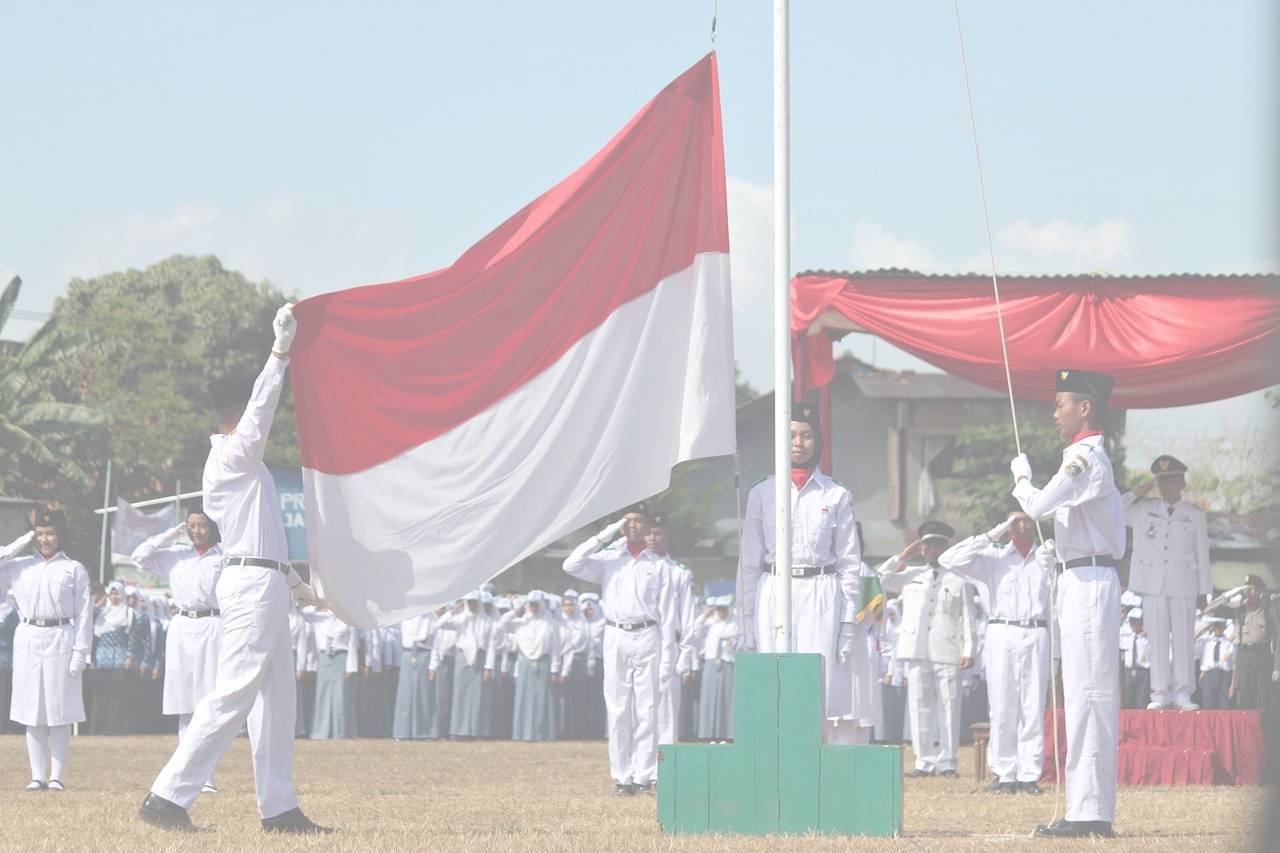What is ‘Approaches to National Unity’?
For JC students taking H2 History, it is one of the featured topics under Paper 2 Theme I. In this topic, we will find out more about the concepts of national unity and specific country case studies in the Southeast Asian region.
There are three major areas of study for the topic:
- Different approaches to create national unity
- Impact of policies towards minorities
- Response of minorities toward government policies
Browse the featured articles below to get started.

What is the purpose of Tripoli Agreement?
Learn more about a historic document that defined Mindano peace process, known as the Tripoli Agreement of 1976.

What is the Free Aceh Movement?
Learn more about the Free Aceh Movement, a separatist group that sought independence from Indonesia from 1976 to 2005.

When was Singapore’s bilingual policy implemented?
Learn more about the the bilingual policy that support the government's efforts to forge national unity in Singapore.

What is Pancasila?
Learn more about the historical significance of Pancasila and how it was used to forge national unity in Indonesia.

What are the Shared Values?
Learn about the Shared Values that the Singapore government introduced in 1991 to promote the multicultural nation.

What is Rukun Negara?
Examine the significance of Rukun Negara, which means National Principles, to understand the national ideology of Malaysia.

How was national unity forged in Singapore?
Examine the approaches of national unity that are applied in the context of Singapore.

